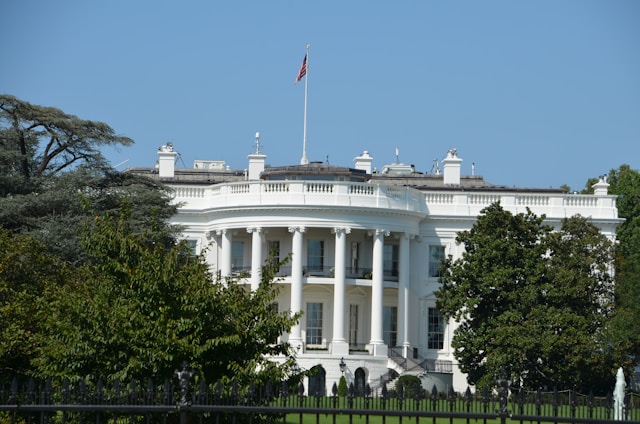Introduction to IPOs: your questions answered
May 02, 2025 |
Read the article

Futureproofing Payments: Governance and Operational Resilience
May 01, 2025 |
Read the article

Trump’s tariffs: adapting to the impact on UK M&A activity
April 26, 2025 |
Read the article

Financial Services Focus: April 2025
April 17, 2025 |
Read the article

Webinar: EMIs, audits and CASS 15
April 17, 2025 |
Read the article

Leadership Lessons: David Dein, former vice chairman of Arsenal FC
April 16, 2025
Read the article

Property incorporation: potential tax pitfalls
April 15, 2025 |
Read the article

Podcast: The Tax Professionals – Sehjal Gupta and her tax career
April 14, 2025 |
Read the article

Aubrey Weis v HMRC: domicile status and income tax
April 14, 2025 |
Read the article

Taxation Readers’ Forum: Will executors be able to claim residence nil rate band on death?
April 14, 2025 |
Read the article

BKL appoint two new tax directors
April 14, 2025
Read the article

Identity verification with Companies House: helping your business to prepare
April 10, 2025 |
Read the article



